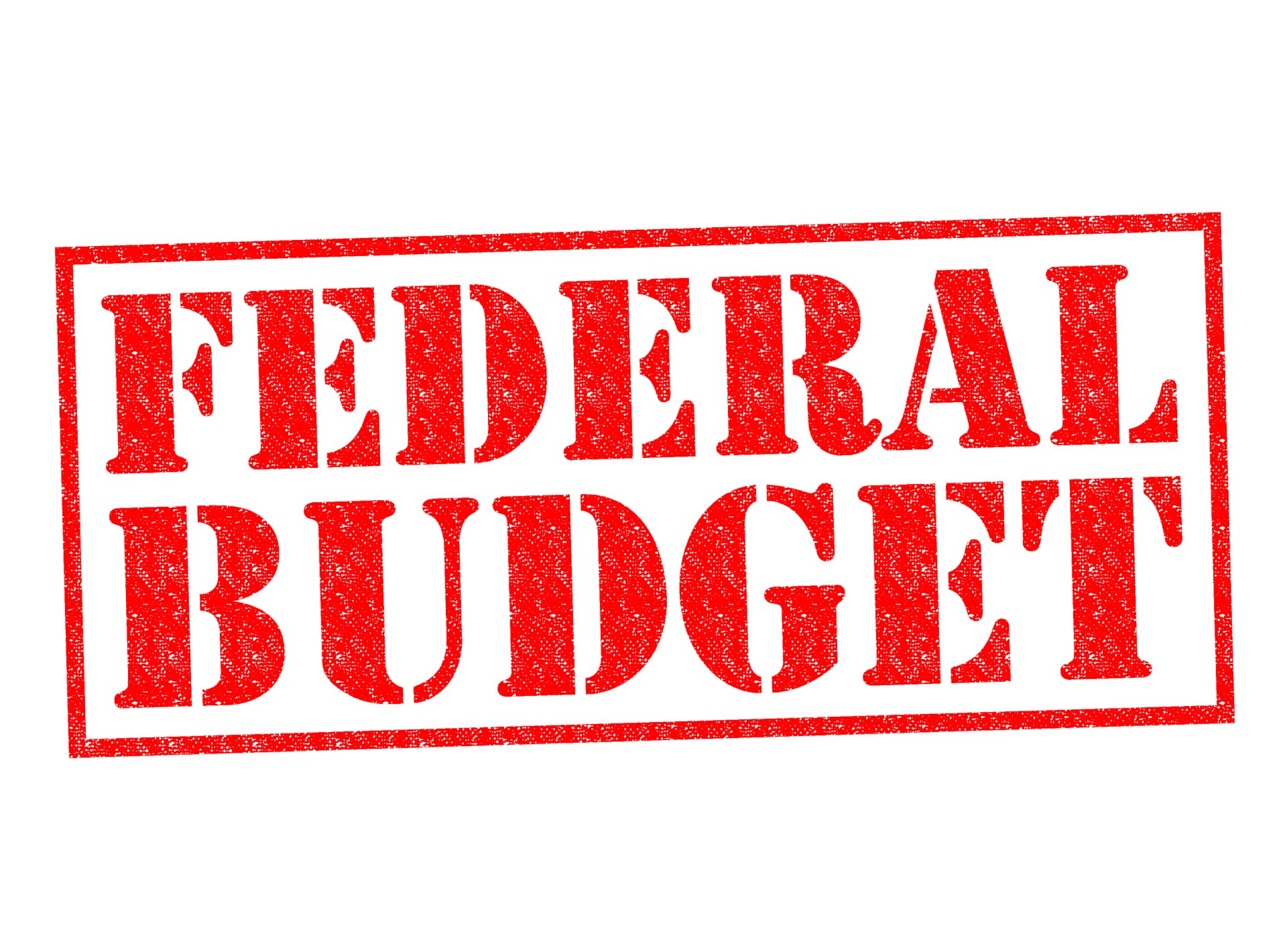 Any attempt to breathe new life into Medicare was always going to be one of the biggest challenges facing Labor’s Federal budget, yet Treasurer Jim Chalmers has managed to elicit a small sigh of relief with the news that the Government will commit $101 billion to improving the healthcare system.
Any attempt to breathe new life into Medicare was always going to be one of the biggest challenges facing Labor’s Federal budget, yet Treasurer Jim Chalmers has managed to elicit a small sigh of relief with the news that the Government will commit $101 billion to improving the healthcare system.
Significantly, $5.7 billion has been allocated to propping up Medicare, including $3.5 billion to triple the incentives paid to GPs for bulk billing consultations for families with children under 16 years of age, pensioners, and concession card holders.
GPs in metropolitan areas will be eligible to receive $20.65 instead of $6.85 for a standard consultation, with rural GPs getting $39.65, instead of $13.15, and he increased incentives will also apply to home consultations and those provided in aged care facilities.
The Minister for Health and Aged Care, Mr Mark Butler, called it “the largest increase to the incentive in the 40-year history of Medicare.”
“We are tripling these incentives to address the sharp decline in bulk billing over the past few years,” Minister Butler said.
“It will have immediate benefits for more than 11 million Australians, with flow on benefits for all Australians. Incentives will cover many common GP consultations, including telehealth and videoconference – making care more affordable.”
However, commentators have cautioned Australians should not assume that they will be able to take their sick child to a local GP and expect to be automatically bulk billed this week, as the new incentives are not set to kick in for another six months, on 1 November 2023.
Similarly, Federal Treasurer Jim Chalmers explained, during the traditional post-budget press conference with the National Press Club on 9 May 2023, that many GP clinics will take time to process the changes and adjust their billing strategies accordingly.
A further $98.2 million for new Medicare rebates was also announced.
Extended wait times in Eds and GP clinics were targeted with $358.5 million to establish eight new Medicare Urgent Care Clinics, taking the total number to 58, as well as $143.9 million for after-hours primary care.
The other key development for GPs was the creation of a new voluntary patient enrolment scheme for practices, MyMedicare, which the aim of building stronger doctor-patient relationships and fostering better continuity of care.
“MyMedicare will provide practices with more comprehensive information about their regular patients, while giving patients and their care team access to additional funding packages, tailored to their health needs,” Minister Butler explained.
“MyMedicare will also support longer GP telehealth consultations with reduced administration for practices ($5.9m); provide new funding packages for general practices to provide comprehensive care to patients who are frequent hospital users ($98.9m); and for Australians in residential aged care ($112.0m).”
Registered patients who require consultations of longer than 60 minutes will receive a larger Medicare rebate to “help the more than 13,000 patients with complex, chronic conditions who go to hospital 10 or more times each year.”
The recommendations put forward by the Strengthening Medicare Taskforce Report were heeded with $445.1 million to expand general practice, including $10.7 million for primary care placements and $46.8 million to fund Medicare rebates for nurses’ services.
“We will increase the number of nurses in primary care by funding an extra 6,000 clinical placements over 4 years,” Minister Butler said.
“Funding will also support 500 nurses to return to the workforce, and we’ll expand the availability of courses for nurses to transition to primary care practice [and] nurse practitioners and participating midwives will also be enabled to prescribe PBS medicines and services under Medicare.
“Smaller practices will also be able to complement their teams with the services of allied health professionals that have been commissioned by Primary Health Networks ($79.4m).”
The Budget also provides finance to establish an interim Australian Centre for Disease Control ($91.1m) and replenish the National Medical Stockpile.
Other noteworthy allocations include:
- $47.8 million for wound care
- $951.2 million for digital health
- $29.8 million as an initial investment to reduce Medicare fraud (in an acknowledgement of Dr Margaret Faux’s work)
- $4.5 million for expansion of Single Employer Model trials for GP registrars in regional, rural, and remote locations
- $586.9 million for improved mental health
- 247.4 million to tackle smoking and vaping
- $502.2 million for stronger preventative health (including a new national lung cancer screening program targeting those most at risk); and
- $68.3 million for better drug and alcohol prevention and treatment, such as FASD screening programs and dialysis in First Nations communities.

